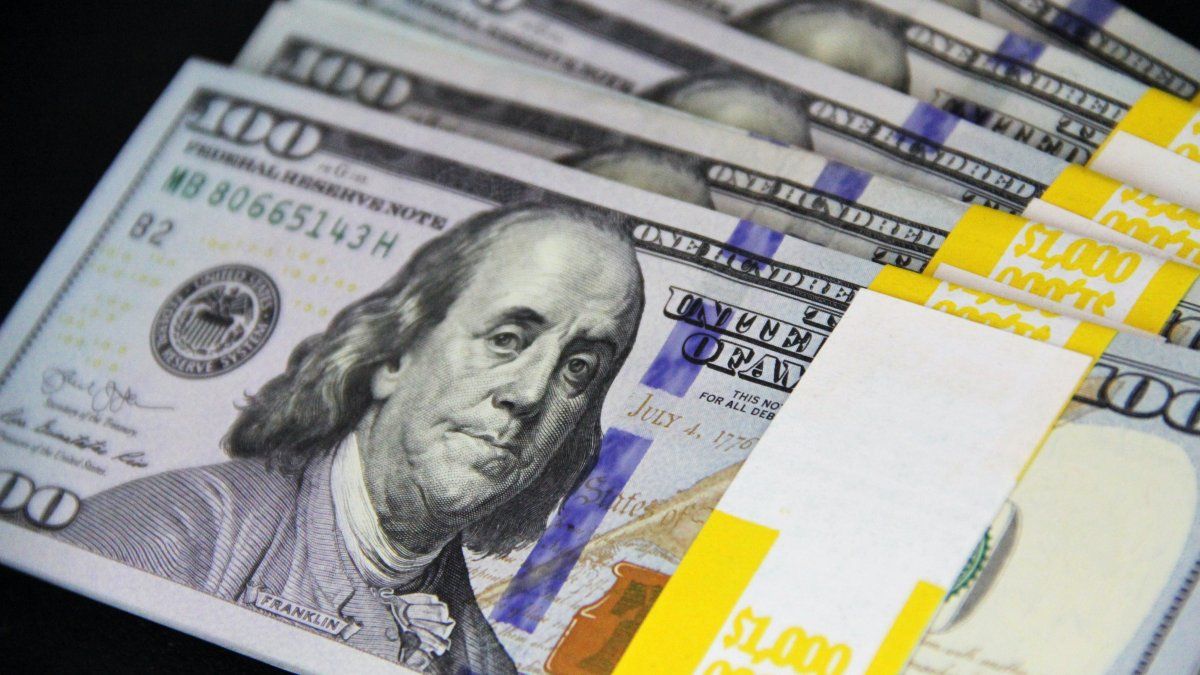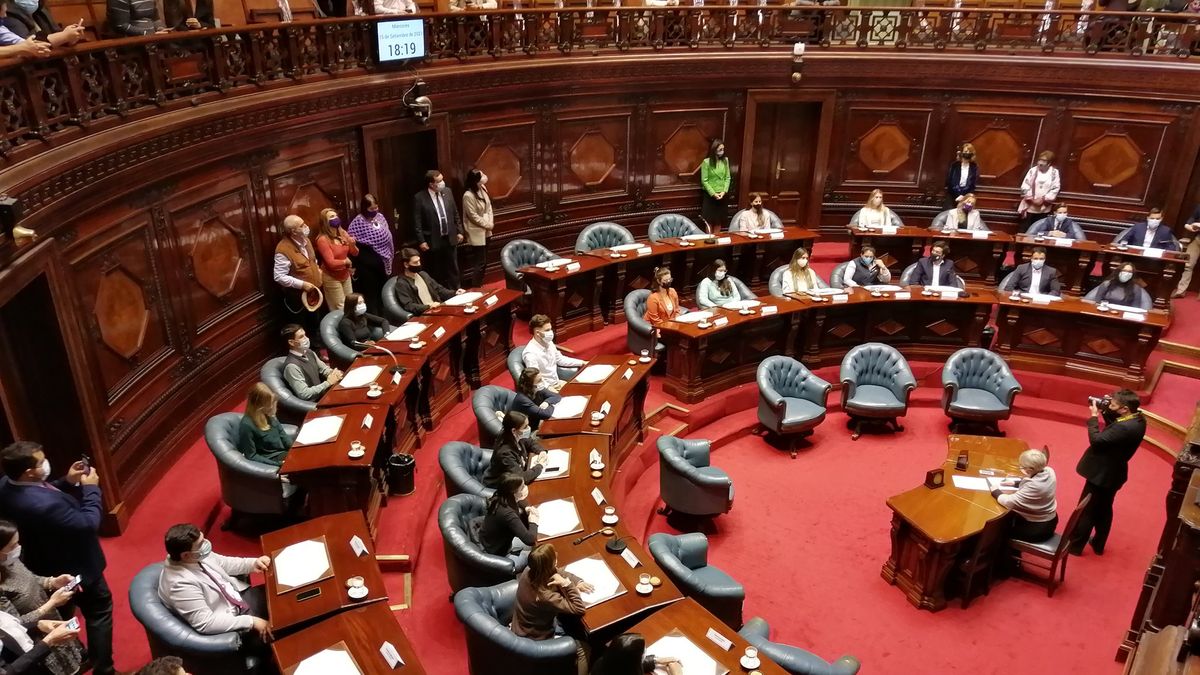The economy remains immersed in a recessionary phase of which it is still unknown when it will bottom out, while inflation data, although showing a slowdown, remain at high double-digit levels. In this context, the only good news seems to come from the financial front, despite the fact that some began to show signs of respite, but one of the encouraging data is the behavior of dollar deposits from the private sector, which according to the latest statistics from the Bank Central Bank (BCRA) have reached levels not recorded since September 2020.
The stock of these private deposits, baptized as argentólares, has reached US$17,074 million as of April 9 which represents an increase of almost US$3,000 million since the advent of the La Libertad Avanza government.
So far this year, the increase in the stock of argendollars exceeds US$1,270 million, so that the rest of the increase could be attributed to the seasonal increase that occurs when the end of the year approaches for tax reasons (in the last days of 2023 they grew between 200 and 500 million per day). But the truth is that since mid-December last year, Argentollars have maintained a growing trend.
Thus, we have that in December 2023, as of the 11th, the growth was almost US$1,670 million, while last January it was close to US$160 million, which was a sign because as usual Many depositors, once the new year begins, usually cancel deposits to reinvest them in other assets since they have already fulfilled their tax purpose.
But in February and March, the trend continued and the stock of argentollars increased on average about US$470 million per month and so far in April about US$170 million more. In this way, total private deposits in dollars reached more than US$17 billion, something not seen since September 2020 in the midst of the pandemic.
Argendollars and BCRA reserves
Why is it healthy for silver dollars to grow? Firstly, because they are closely linked to the international reserves of the BCRA, because the reserves of these deposits, that is, the portion that banks cannot lend but rather keep as a liquidity requirement, are computed as part of the gross reserves of the BCRA. monetary entity. Therefore, As the stock grows, the stock of the BCRA’s gross reserves indirectly grows and vice versa.
Thus, the BCRA’s reserves via Argentollar reserves registered an increase of almost US$350 million between December and so far in April (in the same period, total gross reserves grew by US$7,530 million). However, this apparent drop in reserve requirements, in reality, is due to the fact that the banks, since they were over-reserved, that is, they had more reserve requirements than the regulations required, channeled that liquidity to another destination. Where did they go?
To answer this, we must take into account that argentollars are the raw material for banks to offer companies, especially exporters and related companies, financing in dollars, something that not all local demanders can access in the market. international.
It is then observed that there was a strong increase in total dollar loans to the private sector of more than US$1.2 billion in recent months and more than US$1.6 billion since the new government took office. So that The stock of loans in dollars to private individuals returned to levels of more than US$5,085 million, levels similar to those of September 2021.
Banks, with loanable surplus
It is clear that the financial system still has surplus loanable capacity given that it holds more than US$17 billion and has only borrowed a third. To the extent that borrowers of these loans gain confidence in the recovery of their businesses and banks need to place more surpluses, a sustained increase in these credit lines will be seen. Of course, it is worth noting that these deposits cost the banks almost nothing since the interest rates they offer for these placements are irrelevant, because in reality the majority of small and medium-sized savers use these placements as a “free” investment option. security box.
It is worth remembering that in 2023, in the midst of the electoral struggle, Argentollars suffered political turbulence and the consequent economic uncertainty and thus between January and July the stock registered a drop of more than US$825 million, while between August and November it fell intensified to more than US$1,360 million. In other words, almost US$2.2 billion left the banks, and the BCRA reserves also suffered.
Source: Ambito




